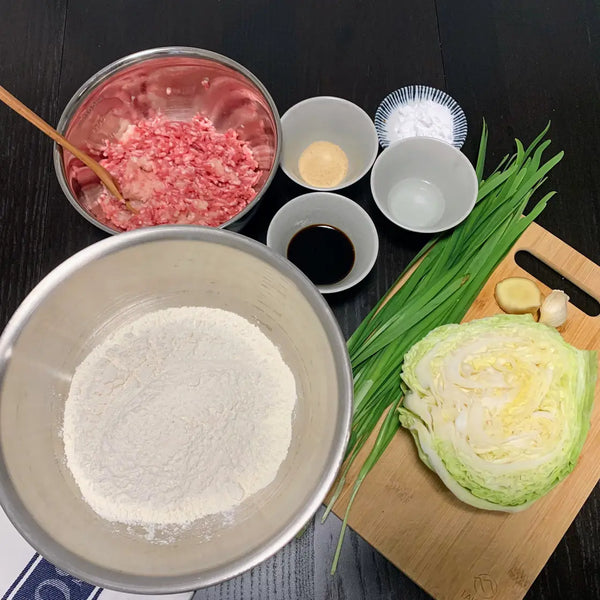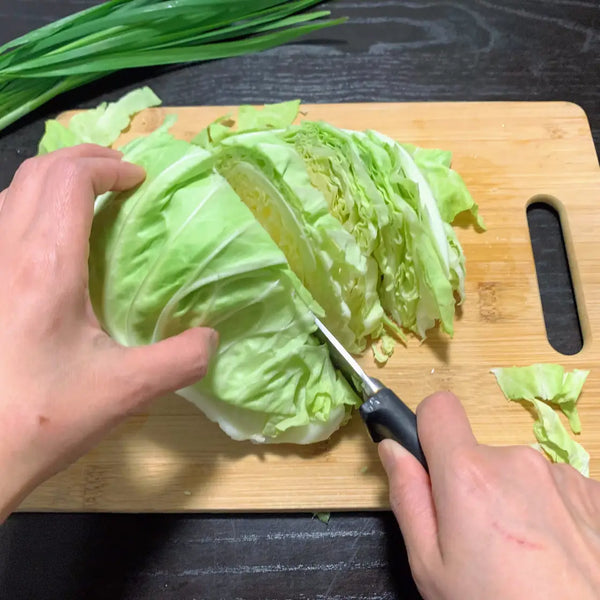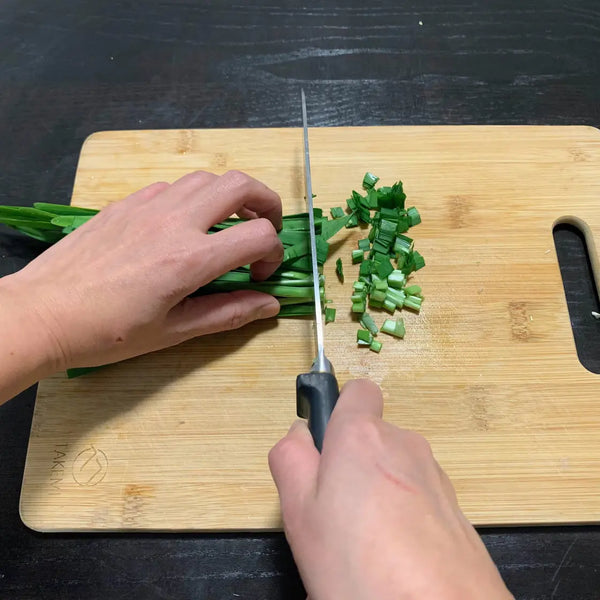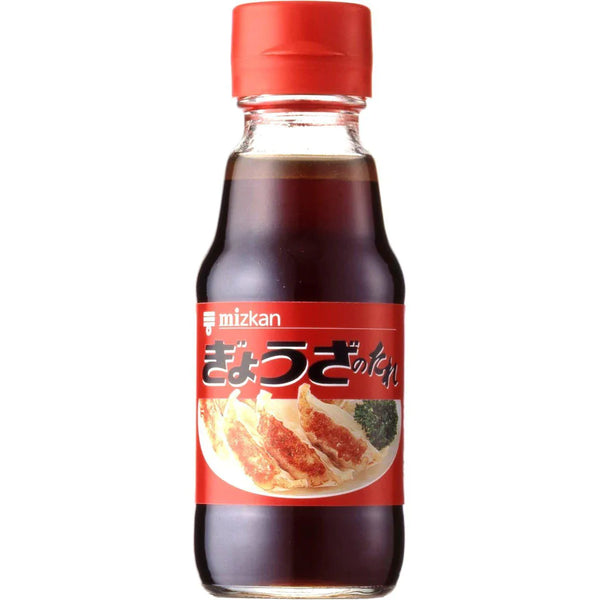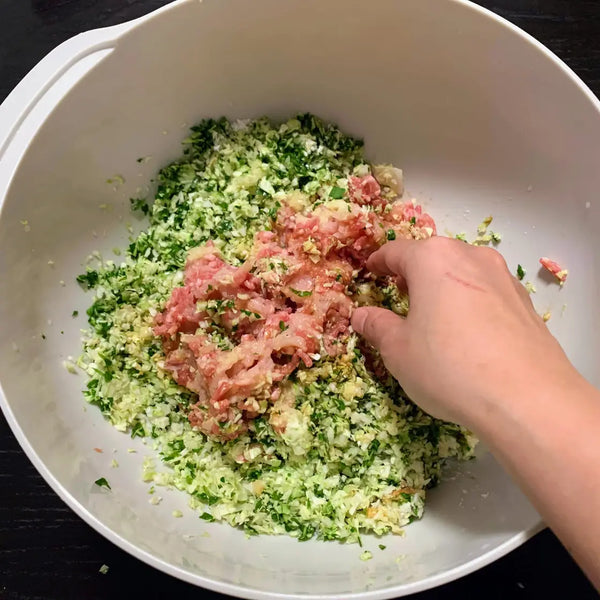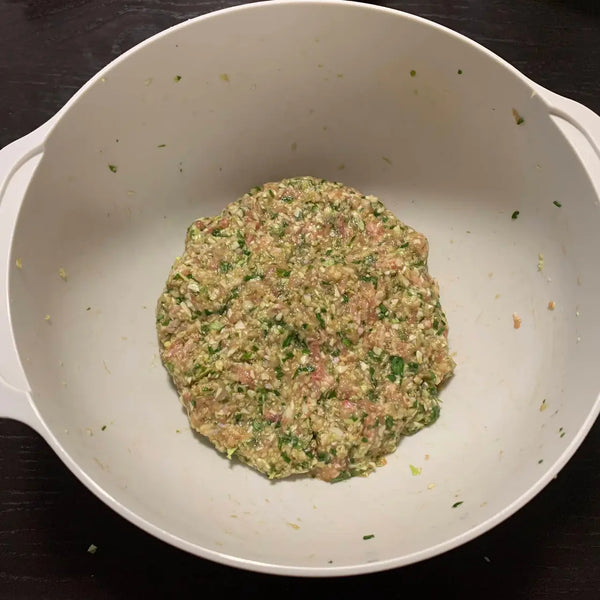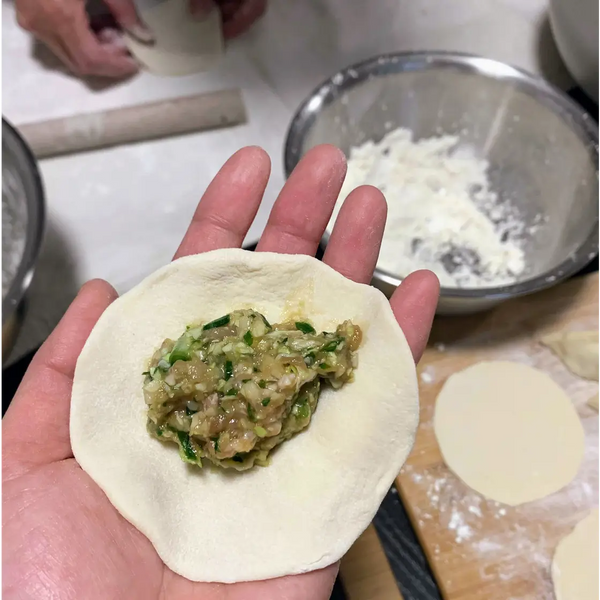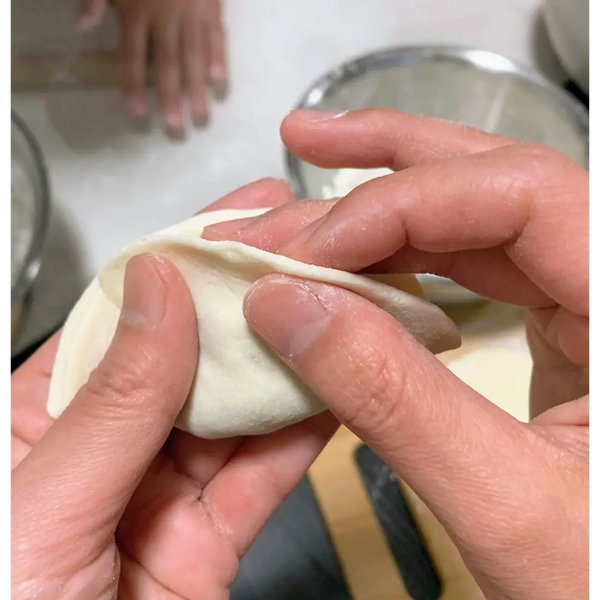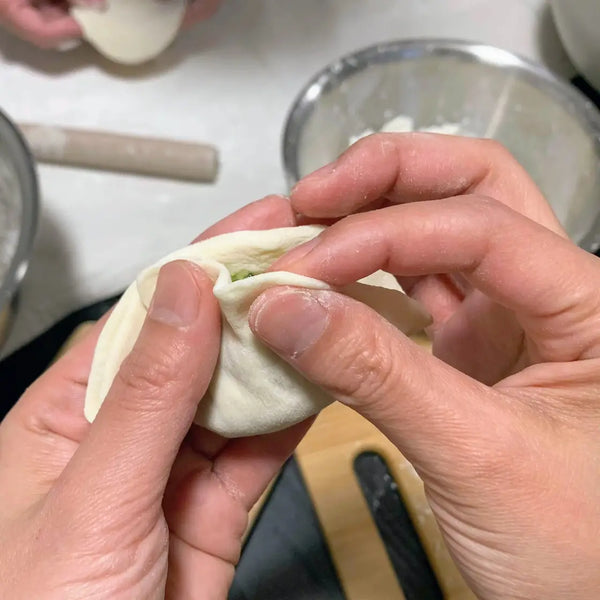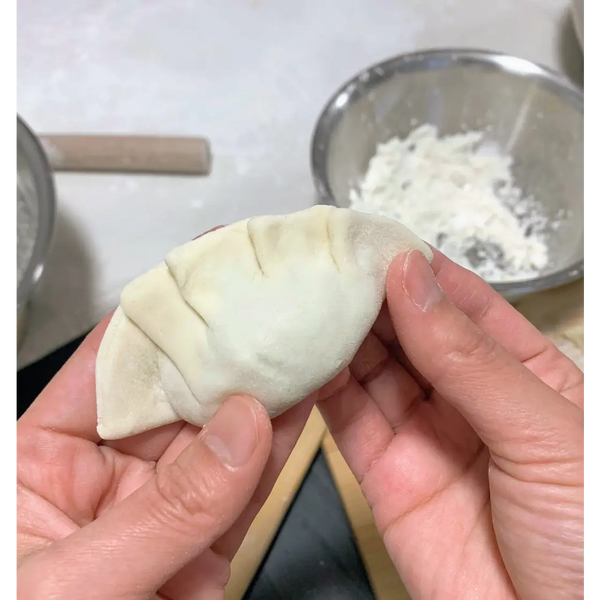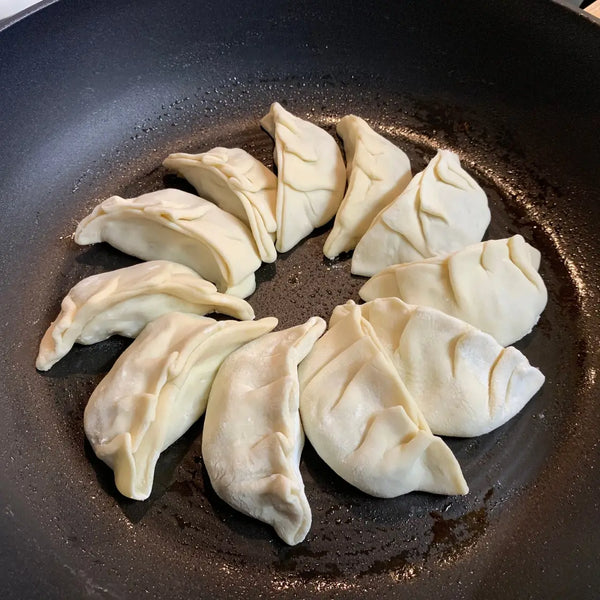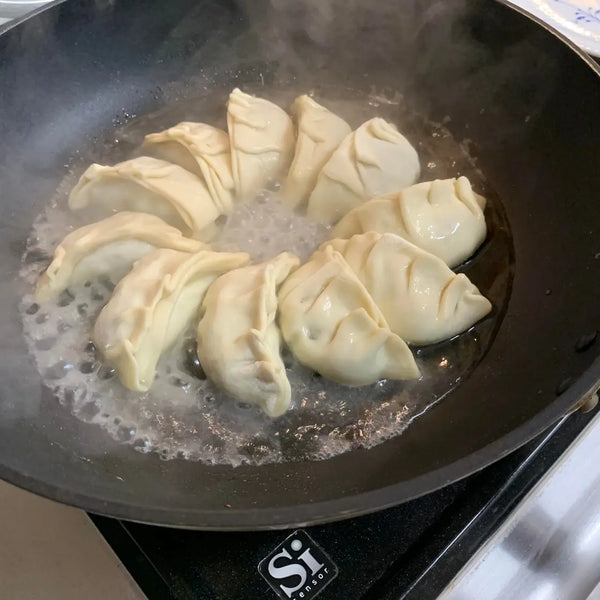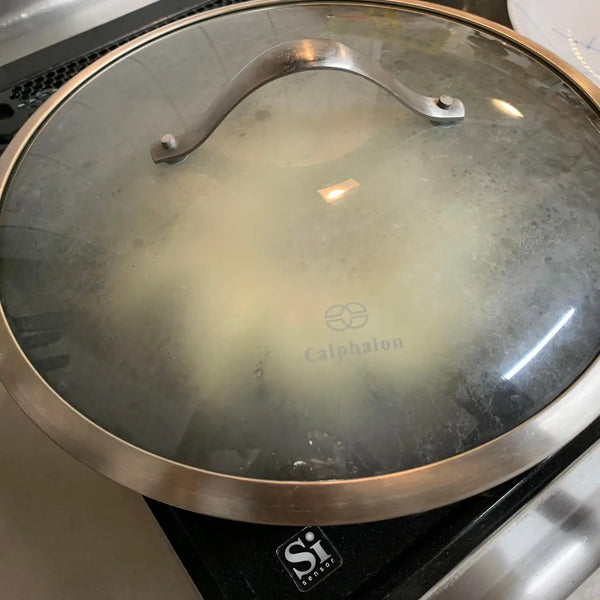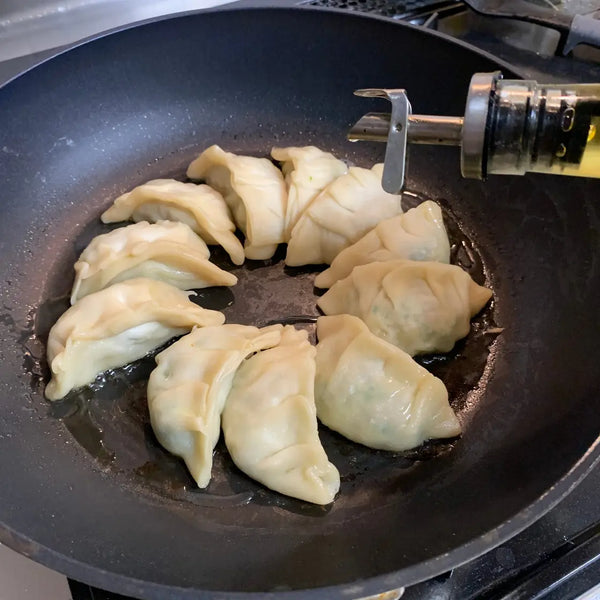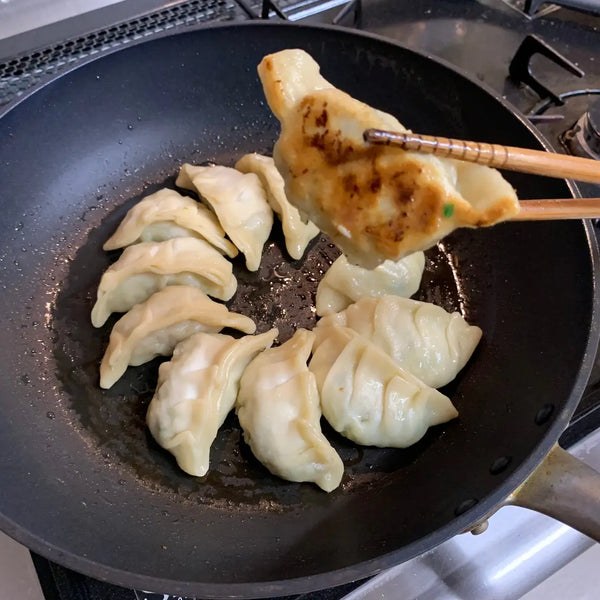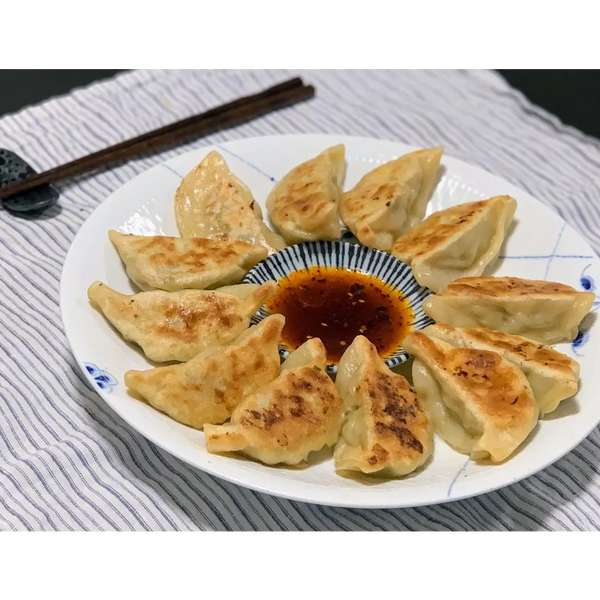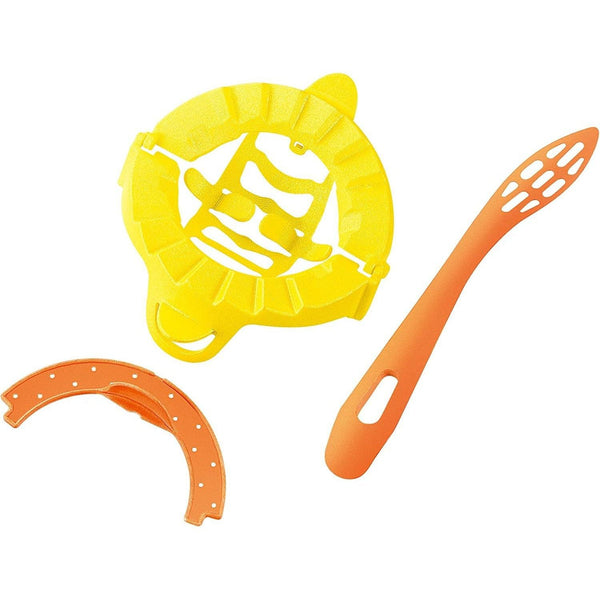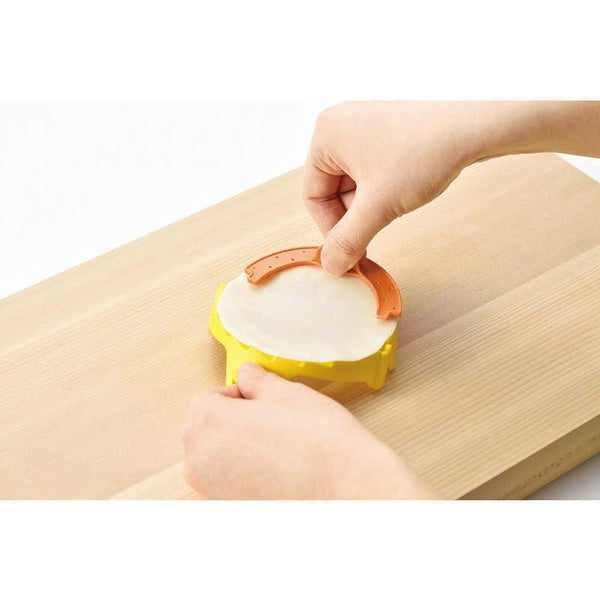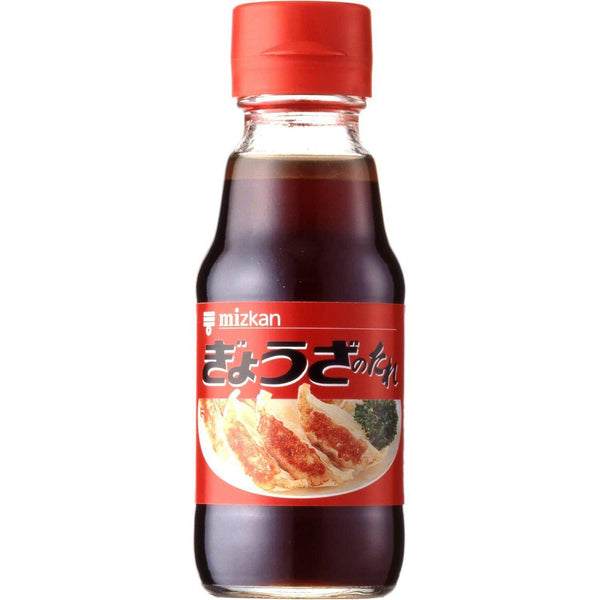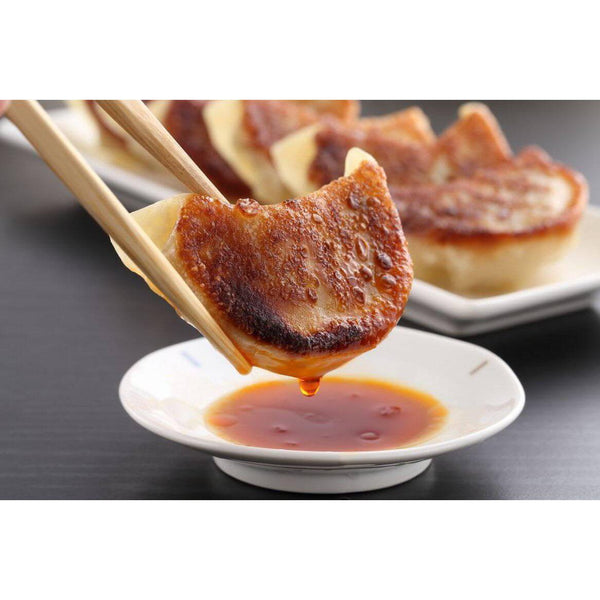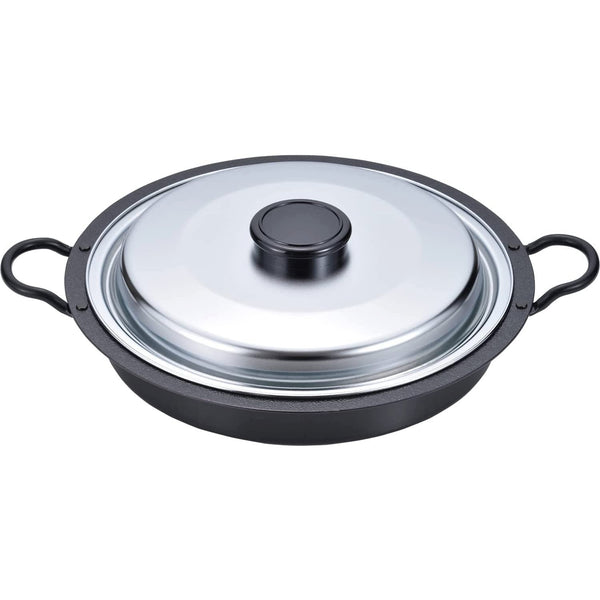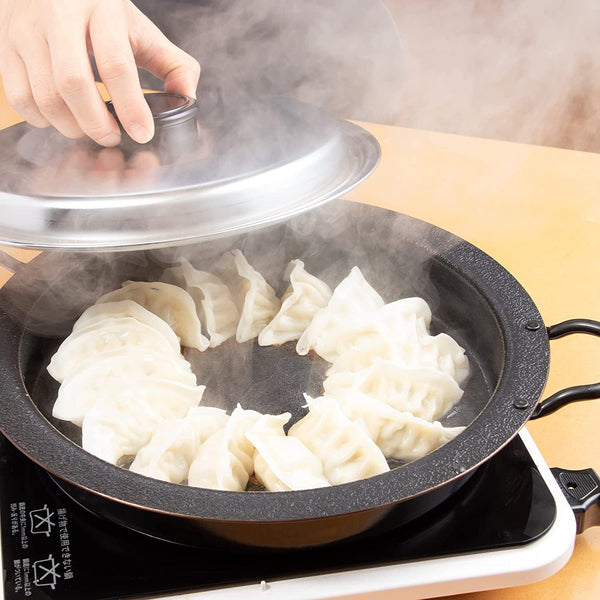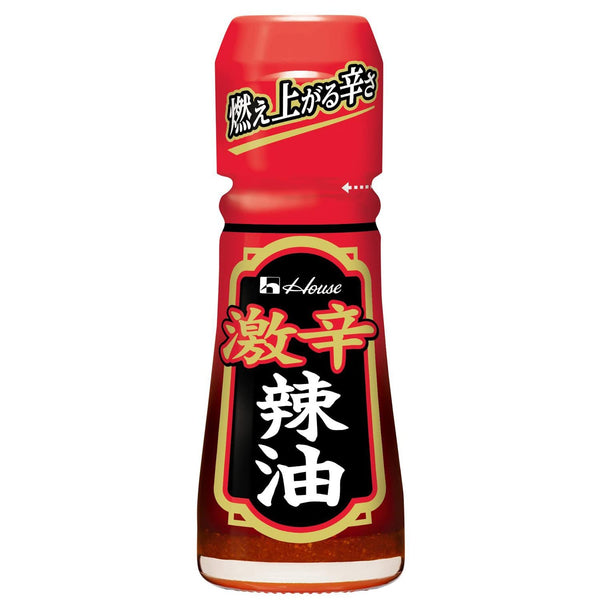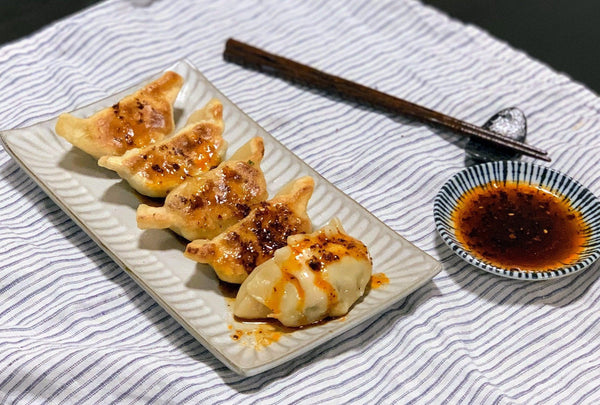
Gyoza is the Japanese take on dumplings inspired by the Chinese version jiaozi (餃子). It is a popular food in Japan, made by wrapping a mixture of ground pork, cabbage, chives, or other ingredients inside a thinly rolled piece of dough. Gyoza can be pan-fried, boiled, steamed, or even deep-fried and is usually served with a soy-based dipping sauce. Its versatility and simple preparation make it a staple comfort food for many Japanese families.
Originating in China, gyoza was introduced to Japan during the Edo period (1603–1867). In China, boiled gyoza is the most common way to enjoy dumplings, whereas in Japan, yaki-gyoza — pan-fried gyoza with a crispy bottom and tender top — has become the most beloved style. The difference in cooking preference comes from how the dishes are eaten: in China, gyoza is often prepared in large batches and enjoyed as a main dish, while in Japan, gyoza is frequently served as a side dish alongside rice or ramen, making the pan-fried texture a better match.
Common filling ingredients for gyoza include chives, cabbage, napa cabbage, shiitake mushrooms, green onions, garlic, and ginger. However, gyoza is extremely customizable, and many households develop their own favorite variations. Some people add shrimp or chicken, while others experiment with unique flavors like kimchi or cheese. You can use traditional ingredients or create your own filling based on what you enjoy. For recipe inspiration, check out our shrimp and vegetable gyoza recipes.
Gyoza is typically served at Japanese ramen stores, izakaya, and Chinese restaurants, where it is often enjoyed with a cold drink. It is also a common street food at festivals and outdoor markets, where freshly cooked gyoza draws long lines. Frozen, pre-made gyoza can be found in almost every grocery or convenience store in Japan and has become a weekly essential for many busy households. Even so, homemade gyoza still has a special charm thanks to its juicy filling and freshly cooked flavor.
Making gyoza at home is a fun and interactive activity, especially when involving family members or friends. Everyone can participate in wrapping the gyoza and creating their own shapes, turning the cooking process into a small celebration. You can buy pre-made wrappers in the refrigerated section of Asian grocery stores, but making the wrappers from scratch gives your gyoza a wonderfully chewy texture that feels extra rewarding. Another advantage is that gyoza is very freezer-friendly — simply freeze them individually on a tray and store them for future meals, making weeknight dinners quicker and easier.
In this recipe, we’ll show you how to make delicious gyoza at home. We already have a recipe for gyoza wrappers, which you can check out here if you’re interested, or use pre-made wrappers from the grocery store.
Get your whole family involved in the kitchen and enjoy making fresh, flavorful gyoza together!
